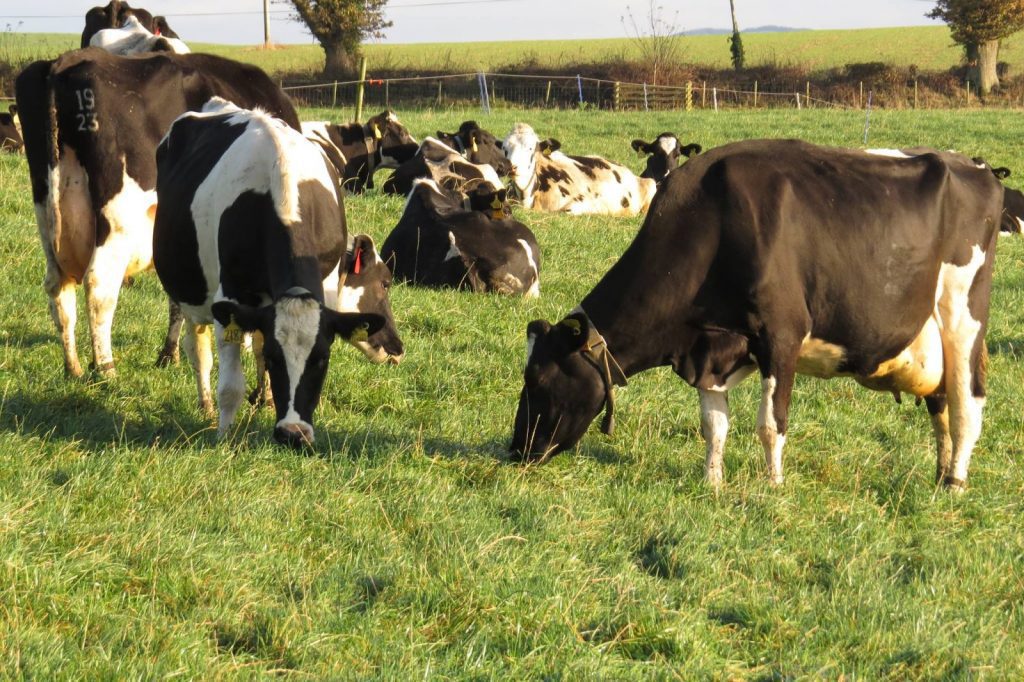A new study illustrating how British farms could produce more food while also supporting wildlife has been described as a “win-win” for farmers, consumers and conservationists.
With Earth’s human population expected to reach 8.6 billion by 2030, land and wildlife are under increasing pressure. This includes many species that underpin food production – pollinators, natural predators and decomposers. To combat this pressure, experts are calling for the Sustainable Intensification (SI) of British farms.
Edinburgh Napier University teamed up with colleagues from Scotland’s Rural College and the Royal Botanic Gardens (RBG) Kew to explore the potential for Sustainable Intensification in dairy farms.
Dairy cows don’t just eat grass, but must eat several different crops to meet their dietary requirements, including wheat, oilseed rape, sugar beet and silage.
As detailed in the new study – published in the Journal of Applied Ecology – the researchers designed different feed rations for a model dairy herd. They then worked out how much land was required and how different mixtures of crops influenced farmland wildlife, specifically spiders and plants.
Through complex statistical models, they found they could increase the land-efficiency of the system by manipulating the crops needed to meet the dietary requirements of the herd. This meant that land would be freed up which then could be used for either additional production or promoting biodiversity.
Biodiversity was greatest when the efficiency of the system was increased and the spare land was devoted to species-rich grassland.
Intriguingly, there were also biodiversity gains when the spare land generated in these efficient systems was used for additional crop production.
The greatest gains were achieved when these additional crops supported different species of wildlife, reversing typical trends seen as farms have been intensified around the world.
Dr Patrick White, lecturer in conservation biology at Edinburgh Napier, said: “Optimum farmland composition typically depends on whether to maximise production or biodiversity. But we have shown this doesn’t have to be the case.
“Greatest ‘win-wins’ can be achieved by making productive land cover more diverse and selecting crops that complement each other in the species they support. Our study provides a framework that integrates agricultural production efficiency and biodiversity modelling to explore potential routes to achieve Sustainable Intensification goals, which should be a political target.”
Dr Mark Lee, Research Fellow at Royal Botanic Gardens Kew, said: “With increasing pressure on our finite agricultural land, Sustainable Intensification is important both for local and wider scale biodiversity. Our results highlight a potential route to Sustainable Intensification in home-grown dairy systems.”
Dr Lorna Cole, from Scotland’s Rural College, said: “Many agri-environment schemes focus on enhancing biodiversity at a cost to production. Clearly these goals are disparate from those of Sustainable Intensification. Agri-environmental policy needs to take a more holistic approach and there should be greater focus on increasing the efficiency of current agricultural land use and maximising the quality of land taken out of production for biodiversity.”
By integrating crop productivity and biodiversity modelling, they said, the study points the way to “identifying key drivers of production and biodiversity gain, a key goal of SI, that may be applicable at a wider scale”.






